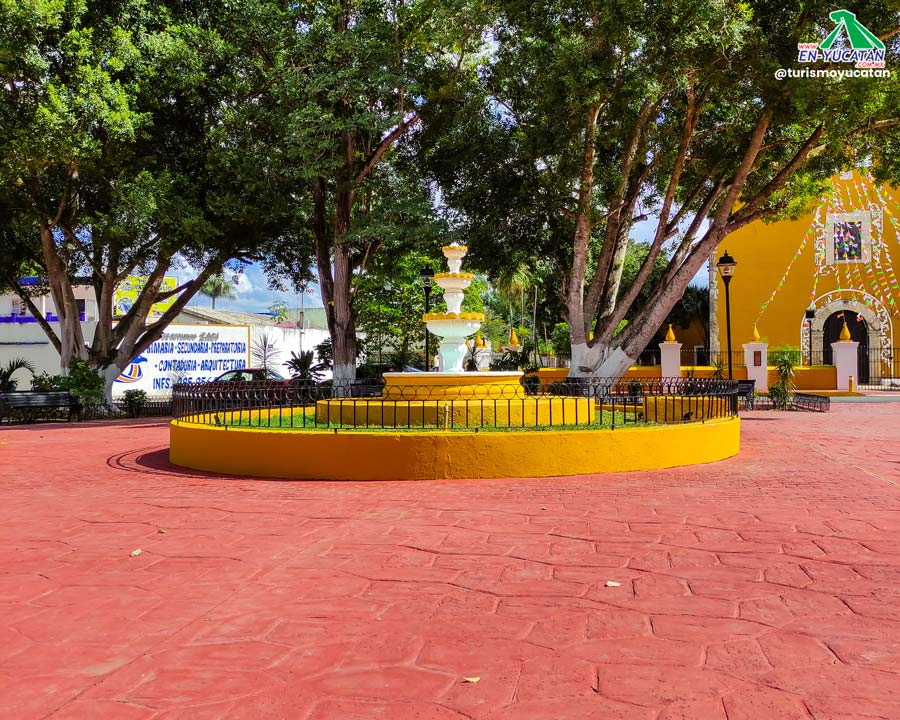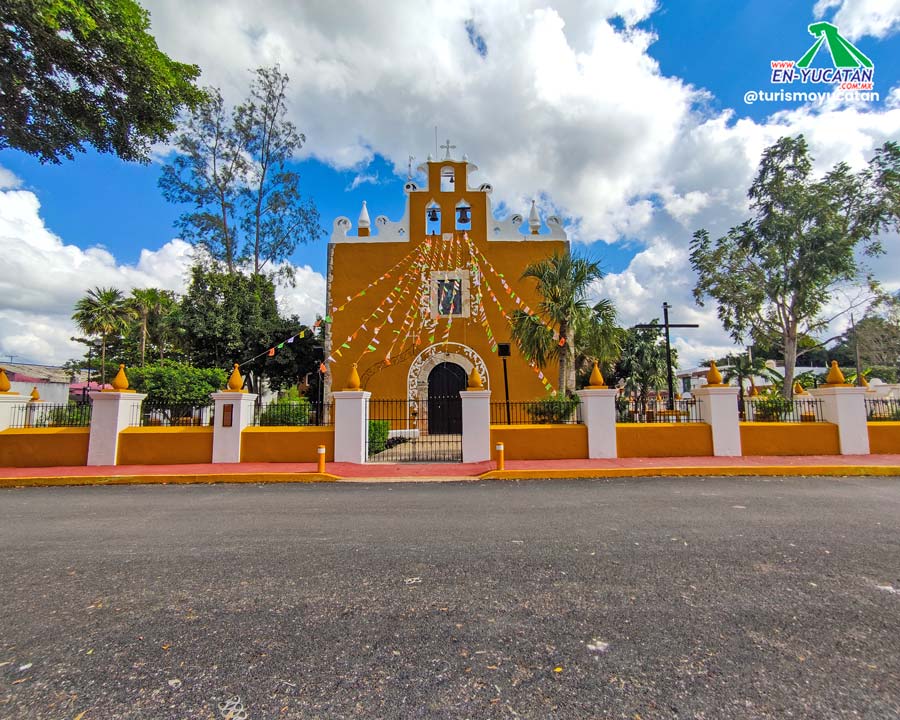The Barrio de Santa Lucía, initially located outside the limits of the Spanish town of Valladolid, probably since the 16th century, played a significant role in history when it was selected in 1910 as a concentration point for a group of people who took up arms against the government of General Porfirio Díaz, who oppressed the people. The insurgents supported their uprising with the Dzel-Koop Plan, whose signing took place in this place.

Santa Lucía Church
The Santa Lucía Church, located in the neighborhood that bears its name, on 42nd Street at 47th Street, is a single-nave temple with a barrel vault and an adjacent sacristy. Its facade is topped by a simple bell gable that houses three openings for bells, while the door frames are delicately carved in stone with vegetal motifs. It is estimated that the construction of this church began in the early 16th century.

In 1910, the heart of this neighborhood was a small square where bullfights were held during the festival in honor of the Virgin of Santa Lucía. During the government of Francisco Medina Núñez (1967-1969), significant improvements were made in the parks of the city's neighborhoods, including this one, providing them with characteristic walkways, furniture, and lighting. Over time, the appearance of the neighborhood has undergone significant variations.